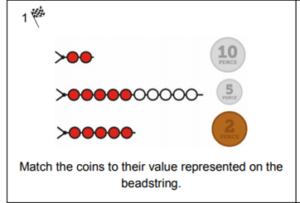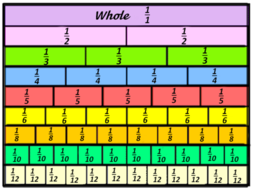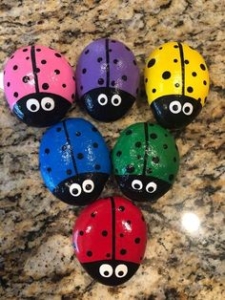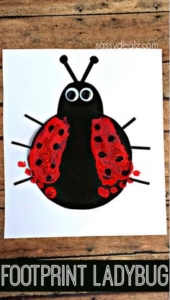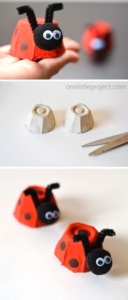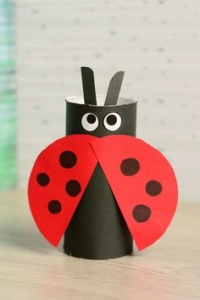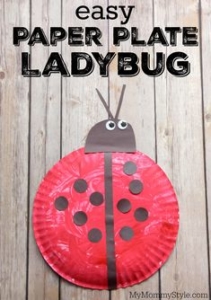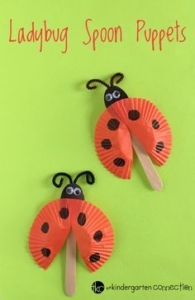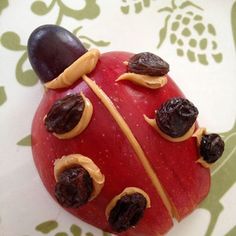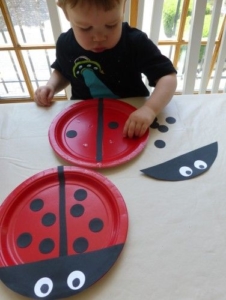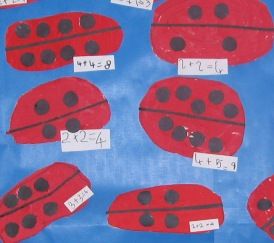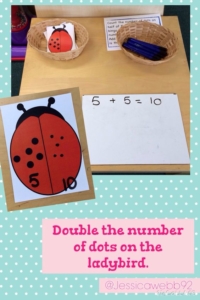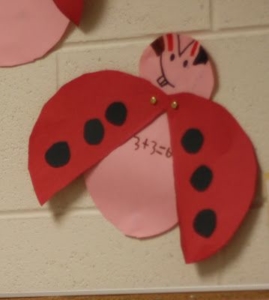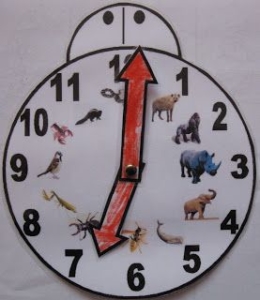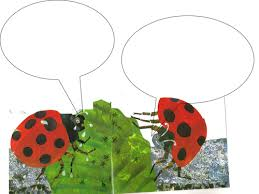Monday 1st June Learning
Good morning Year 1. Welcome back! I hope you had a wonderful half term and enjoyed the beautiful weather.
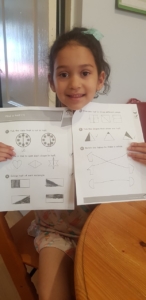
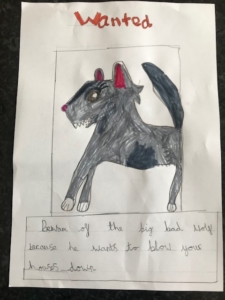
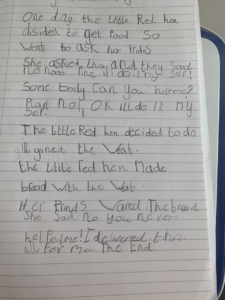
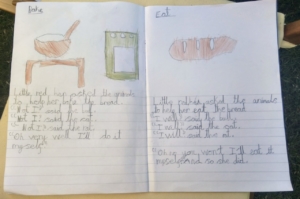
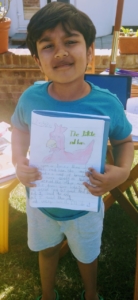

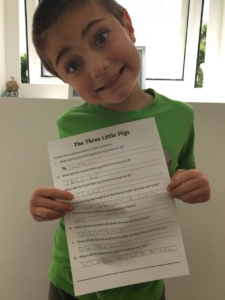
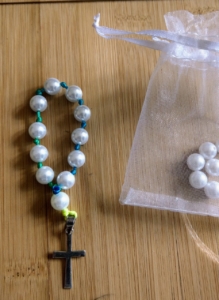
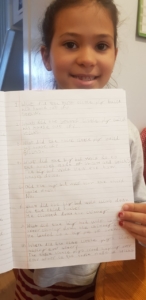
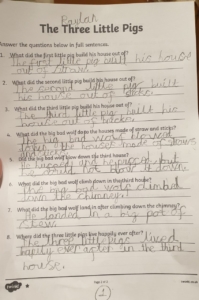
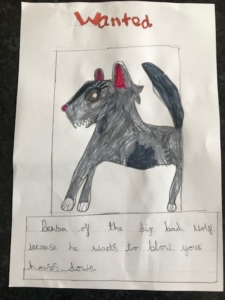
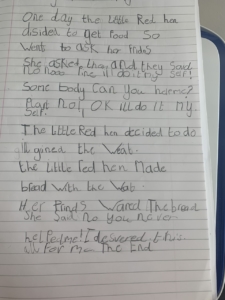
As I am in school to teach the children who have returned, your learning will be slightly different. Everyday, I will upload a blog with your English, Reading and Maths learning as usual. Your RE learning will be posted in a separate blog. For your other subjects, there will be a curriculum blog posted every Monday with a range of ideas and activities for you to do throughout the week. You should aim for one activity a day. If you enjoy the Joe Wicks workouts continue to do them each day and I have attached PE activities for everyday in June.
I will still be available via email and I would love to be kept updated with the learning that you are doing. Any pictures you send will be added to a ‘Celebration Blog’ which will be uploaded on a Friday. I will always respond to emails as soon as I can, although it may take longer than usual now I am working with children.
Here is your learning today.
| Maths
01.06.20 |
Fluency
Double 4 = Double 8= Double 3 = Double 7 = Double 6 =
Get coins or pictures of coins. 1p, 2p, 5p, 10p, 20p, 50p
Sort the coins into different groups and explain how you have sorted them.
Big coins/small coins Silver coins/ not silver coins More than ? / less than ?
Put them in order from smallest value to largest value. Put them in order from largest value to smallest value.
|
| English
Write the date 01.06.20 |
Read the powerpoint story of Goldilocks and the Three Bears
• Draw pictures of the story and write a sentence for each picture or retell the story in your own words. • Remember a capital letter at the beginning of a sentence. Full stops, question marks or exclamation marks at the end of sentences. • Can you use and, but or because to extend your sentences? • Can you use adjectives?
|
| Spelling/Handwriting | This half term we will be going over the Year 1 common exception words. Many of you know them but it is important you practise spelling the words correctly within sentences.
today to do a the Play the games on the link below. https://spellingframe.co.uk/spelling-rule/146/33-Common-exception-words-1
Write sentence for each word in your handwriting book. I have also attached the Year 2 common exception words if you would like to start learning in preparation for Year 2. |
| Phonics | https://www.youtube.com/channel/UCP_FbjYUP_UtldV2K_-niWw/
Letters and Sounds lesson at 10.30am for Year 1 – Today’s sound is ow
If your child would like to revise the Phase 3 sounds – 10.00am |
| Reading | Read for 10 minutes and talk about what you have read. Record the books you have read in your reading record. Write a sentence about each book read. Did you like it? Why? Would you recommend it to someone? What was your favourite part? If you did not like it, why? What would you change about the story?
https://connect.collins.co.uk/school/teacherlogin.aspx
Username- parents@harpercollins.co.uk Password- Parents20! Click on Collins Big Cat. Click on the colour book band – try the next colour for your child this term. For example: If your child is Yellow click the colour below yellow (blue) Choose a book. Remember to read the book a few times over the week and talk about the book. Click on resources for some activities on the book. |
| PE | Active in June – Please complete an activity each day. |
| Science | https://www.bbc.co.uk/news/topics/c77jz3mdmnxt/nasa
Watch the video clip of the Spacex launch. Draw a picture of the rocket or make your own rocket and write some sentences to describe what you saw.
https://www.science-sparks.com/straw-rockets/
|

